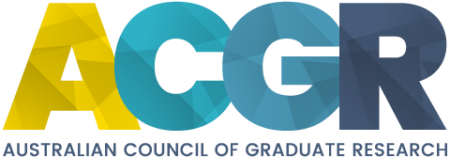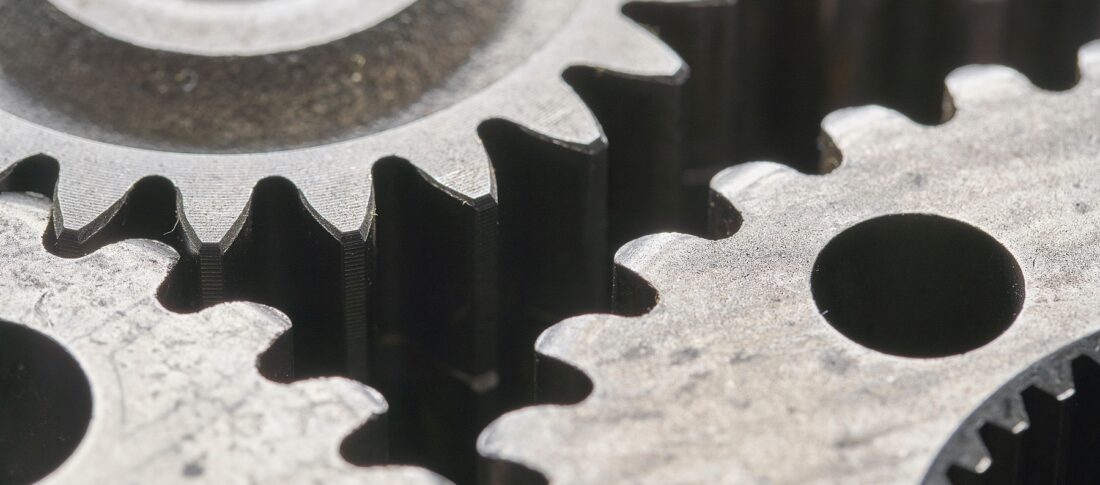Mr. Zefeng Wu & Mr. Neil Matthews
Ph.D. candidate at RMIT & Senior Manager and Head of Research and Technology, RUAG Australia Pty. Ltd.
The ARC Training Centre in Surface Engineering for Advanced Materials (SEAM) conducts applied research with the aim of developing new advanced manufacturing products ranging from thin films to thick coatings and additive layered materials. Across biomaterials, graphene layering, high temperature coatings, laser metal deposition for materials repair and Industry 4.0 manufacturing processes, SEAM’s graduate researchers are working with their industry partners to produce innovative outcomes while learning desirable research and development skills.
Laser Metal Deposition (LMD) is a hardfacing technology used for obtaining high-quality wear and corrosion-resistant coatings on a range of substrates including large aerospace components. The technology is now well established as an industrial process and complements other coating technologies such as thermal spraying. Most of the current research activities involving LMD in surface coating and repair focus on novel coating material designs, process window optimisations, and microstructural improvement of previously developed coating materials for better mechanical performances. However, the process operates at a relatively low laser scanning speed (typically around 2 m/min), which makes it less economically efficient in the context of coating and repair of large component surfaces such as hydraulic pistons and piston rods.
A new process that has been reported in the literature and attracting increasing attention from the industries is Ultra-High-Speed LMD (UHSLMD). The UHSLMD process has the capability to operate at speeds beyond 100 m/min or 500 cm2/min. At these speeds, the technology has the potential to deliver coating and repair practices on large surface areas of aerospace components more economically as well as being more environmentally friendly. Within the framework of the ARC Training Centre in Surface Engineering for Advanced Materials (SEAM), RUAG Australia and RMIT University are combining their experience in laser coating technology to investigate the UHSLMD technology in-depth.
During my PhD project, I am working with scientists and engineers from RUAG Australia to investigate the potential of high-speed laser deposition to produce thin metallic coatings (< 100 microns thick) with competitive wear and corrosion resistance properties. My project is specifically looking at the deposition mechanism behind the technology and the optimal conditions for coating applications on targeted components. To date, at June 2020, the project has already discovered potential process control strategies on coating thickness and microstructural developments with minimal disruption to the substrate properties and an increased production efficiency via UHSLMD. This was difficult to achieve with previous developments of conventional LMD where low processing speeds are preferred to eliminate defects in the cladded coatings. We are now conducting further investigations to develop a comprehensive process map that would enable new commercial practices for UHSLMD. Our aim is to produce customised coatings and to perform repairs with confidence for the dimensional accuracy, targeted microstructural characteristics and uniform mechanical performances i.e. wear and high-temperature corrosion resistance, that are required in the aerospace industry. The new technology could deliver faster, stronger, cheaper, ‘cleaner’ products to the Defence community.
As a PhD candidate on this project, I have been given the autonomy to set out my research methodologies within the broader project scope. Although there were several challenges at the beginning of this project, the technical expertise I can access during my candidature has been tremendous. Working with our industry partners I have been able to mitigate the difficulties in the experimental set-up, process monitoring and data gathering. I have also been given access to a broad range of data processing and analysis tools, which have facilitated the delivery of my preliminary research outcomes for my first project milestone. The supportive environment created by the collaboration between SEAM, RUAG Australia and RMIT University has greatly motivated me in my graduate research journey. Personally, I would encourage other research candidates, like me, to find a similar environment where they can explore new ideas during their candidature and develop new knowledge and new skills that can be later transformed into commercial practices.
The authors would like to acknowledge the support from the Australian Research Council (ARC). The ARC Training Centre in Surface Engineering for Advanced Materials, SEAM, has been funded under the ARC Industrial Transformation Training Centre (ITTC) scheme via Award IC180100005. We are grateful for the additional support of the industrial, university and other organisation partners who have contributed to the establishment and support of SEAM.
Photo by Bill Oxford on Unsplash

